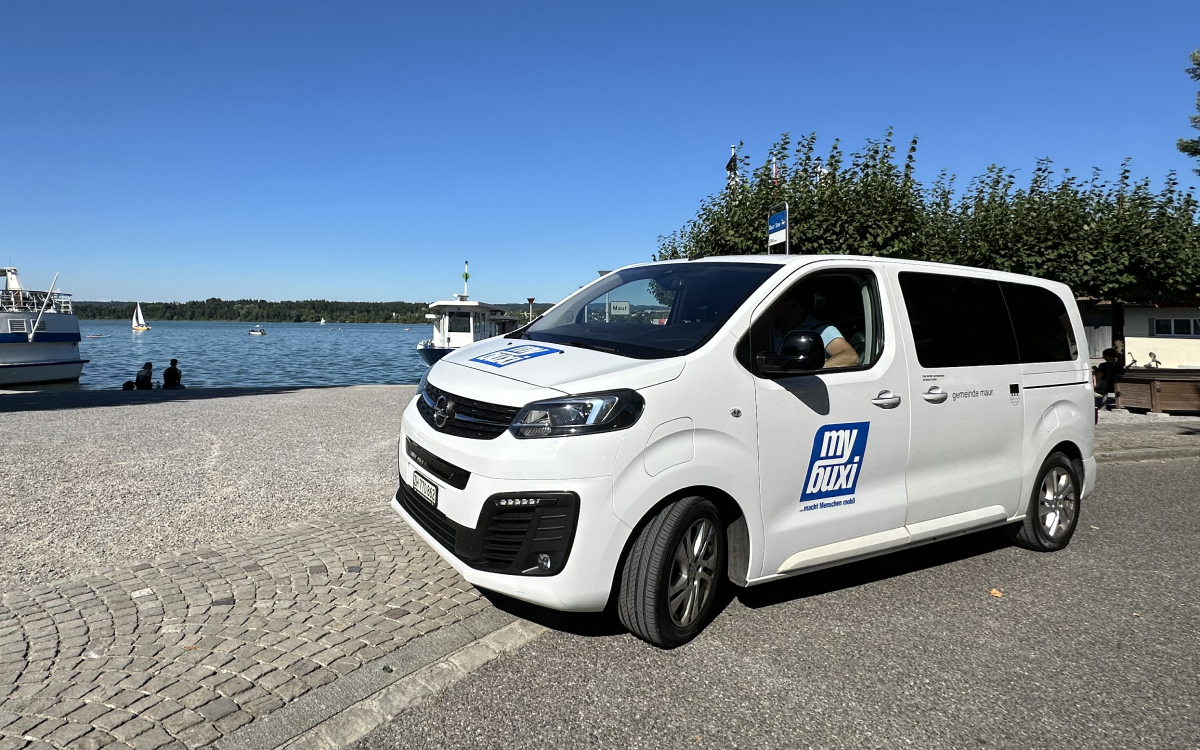


Gender equality and sustainable transit are connected – here’s why

Transport has long been seen as gender-neutral, benefiting all members of society equally. However, a growing body of evidence, including the 2020 Irish study Travelling in a Woman’s Shoes, gives the lie to this notion. There are still clear and significant differences between men and women’s movements and mobility needs that relate to persistent gender roles.
Traditional breadwinners, men tend to move linearly to and from work. These A-B-A trips are easy to understand and plan for and often prioritized by a male-dominated transport industry. Women, on the other hand, are still the primary housekeepers and caregivers. This means more complex movements, including combining multiple short trips. For example, dropping kids off at school before heading to work, or combining shopping with a visit to elderly relatives. While these “triangle trips” are harder to predict and plan for, lower rates of access to private vehicles make women the majority users of public transport, so it’s even more urgent to address transit inequalities.
Fixing things starts with getting more diverse experiences and perspectives into transport planning, which is happening as more women join the industry, but slowly. Things like improving school transit and making public transport easier and safer for children to use independently also improves life for caregivers. Also, while it’s important to promote alternatives to the car as part of a sustainable transit agenda, we need to avoid penalizing women drivers and forcing them onto public transport or micromobility many perceive as less safe.
Sadly, sexual harassment is an everyday occurrence for women on public transport globally, one which drastically impacts their choices and freedom of movement. Crucially, women (and other groups like LGBTIQ+) don’t need to personally experience harassment or violence for fear to condition their travel choices.
Providing sustainable transit that better answers women’s complex mobility needs and keeps them safe therefore starts with gendered planning and better infrastructure and incident reporting. Better information and connections between modes, and reduced wait times and first/last-mile journeys on foot, particularly at night and in sparsely populated areas, will also help.
A mobility-as-a-service (MaaS) approach and demand-responsive transit (DRT) services can help here. DRT means more flexible, personalized routes and schedules, real-time arrival information, reduced wait times, increased onboard capacity, and pick-up and drop-off points closer to users’ start/end points. All of which makes for a safer, more useful and accessible service. Plus, when users book and pay via app, mobility planners get valuable data on behavior that can be used to map women’s movements and needs and design better services.
We already know sustainable transit must match the perceived reliability, convenience, accessibility and safety of the private car to compete. It’s time we started paying more attention to women’s needs and concerns so they, too, are empowered and able to make sustainable transit choices. Otherwise, hitting SDG targets is always going to be an uphill struggle.
Popular posts
23.05.22
Piacenza launches on-demand public night transport
The Italian city of Piacenza, capital of the province of the same name in the Emilia-Romagna region, launches a new on-demand night bus service, successfully adopting smart city technology and mobility.
Albert Tresserras
27.06.22
On-demand buses for events and conventions
Shotl offered a free DRT service for all attendees to the Catalan Mobility Day, which is organized annually by the Association of Municipalities for Urban Mobility and Transport (AMTU). During the event, a vehicle connected Reus commuter train station,
Roger Cumeras
23.07.25


